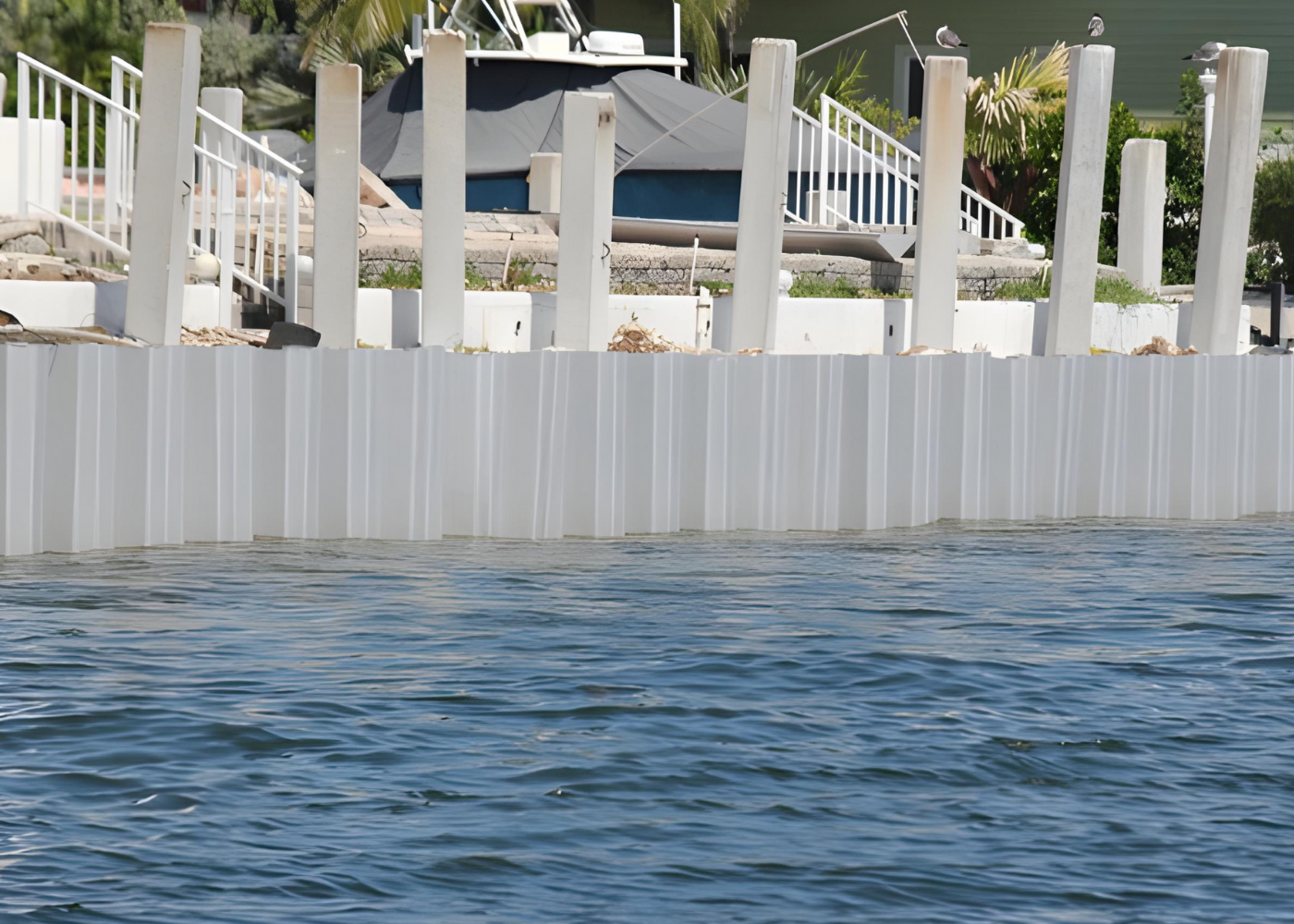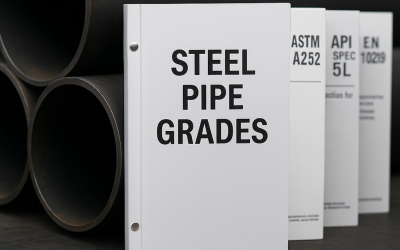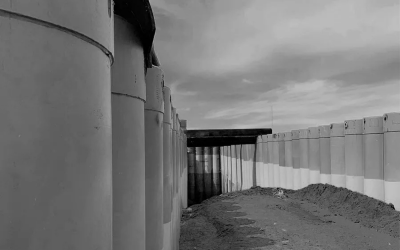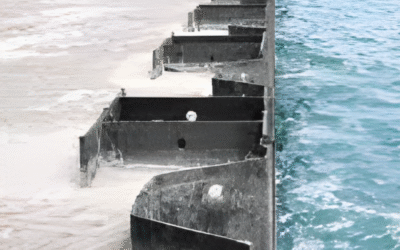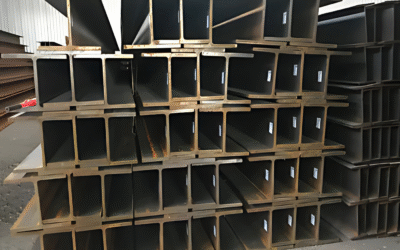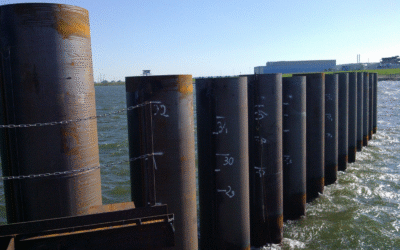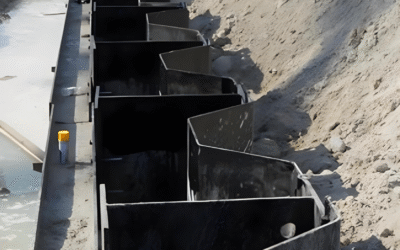Vinyl seawalls have emerged as one of the most efficient and sustainable solutions for shoreline protection and erosion control. Constructed from high-quality PVC (polyvinyl chloride), vinyl seawalls are designed to resist the harsh impacts of water, salt, and UV exposure. When it comes to safeguarding waterfront property, vinyl seawalls are rapidly becoming the preferred solution over more traditional materials like wood or concrete. By combining modern engineering with eco-conscious manufacturing, vinyl sheet piling provides exceptional durability, easy installation, and long-term cost efficiency. In this article, we explore why vinyl seawalls are considered one of the best material choices in today’s market and how they outperform conventional alternatives in performance and lifespan.
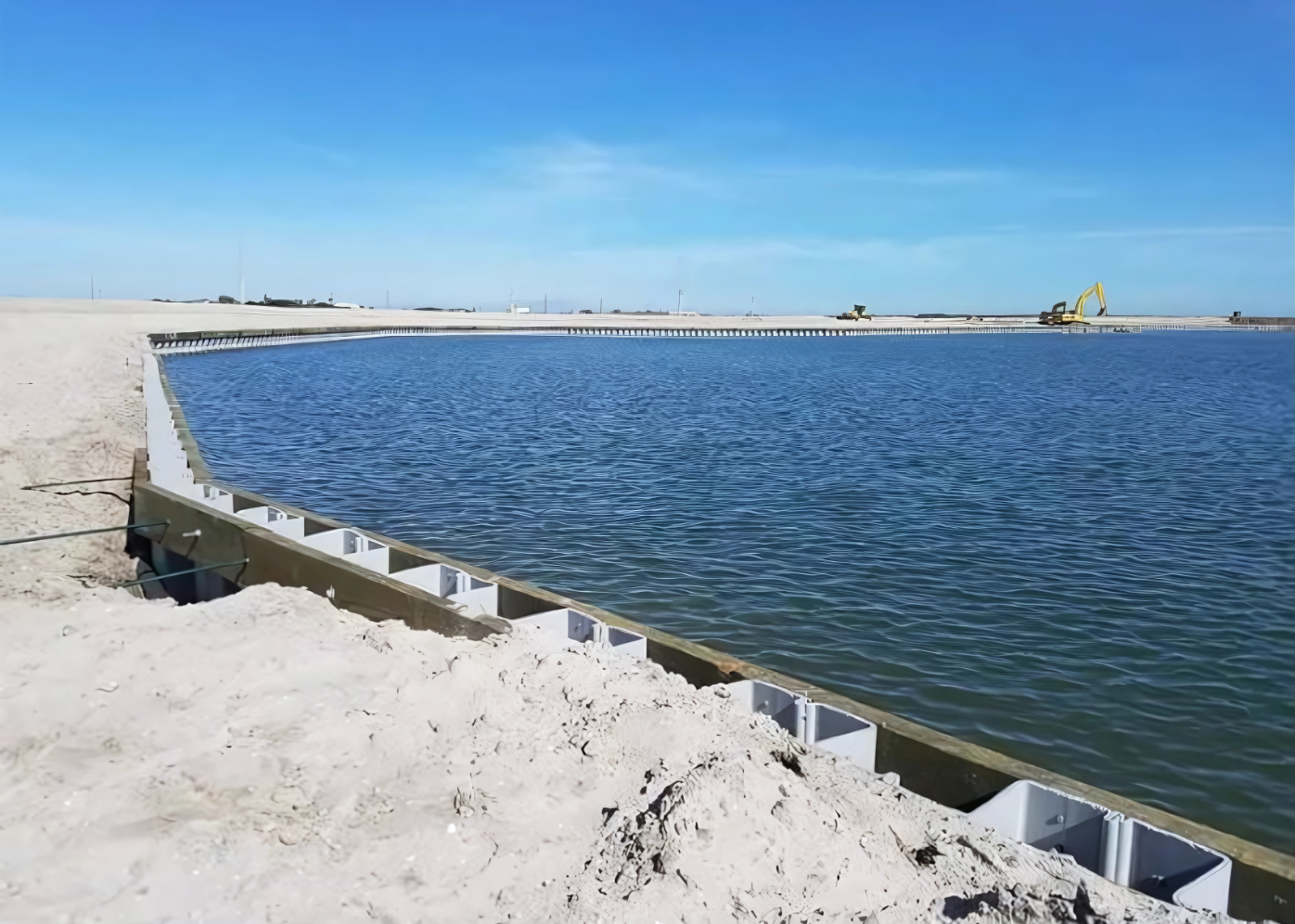
What Is a Vinyl Seawall?
A vinyl seawall is a barrier system composed of interlocking PVC sheet piles installed vertically into the ground. These walls form a continuous, watertight structure that prevents soil erosion, stabilises shorelines, and protects property and infrastructure from rising water levels and wave action.
Vinyl sheet piling is engineered to withstand the harsh conditions commonly faced by coastal and riverside structures, including saltwater, harmful ultraviolet rays, and marine life threats such as marine borers and marine molluscs. Unlike wood, which fades, warps, and becomes vulnerable to pests, or concrete seawalls that are prone to cracking and erosion over time, vinyl offers a consistent product with a long life span.
Thanks to the newest manufacturing technology, vinyl panels exhibit superior UV resistance and structural integrity. This results in seawall products that not only hold up under stress but also retain the same beautiful appearance throughout their service life, typically backed by a lengthy warranty period.
Why Choose Vinyl for Seawall Construction?
- Corrosion Resistance: Unlike steel or wood, vinyl is not susceptible to rust, rot, or biological degradation, which drastically reduces maintenance needs and extends the structure’s lifespan, often up to 50 years or more.
- Environmental Benefits: Vinyl sheet piling is often made from recycled or environmentally durable PVC. Its use has expanded into ecologically sensitive projects, such as peatland protection, where impermeable vinyl barriers help retain groundwater and prevent desiccation, reducing greenhouse gas emissions.
- Cost-Effectiveness: PVC seawalls are not only easier to handle and install but also lighter in weight, lowering shipping and installation costs. Their long service life makes them a sound investment in the long run.
- Aesthetic and Structural Versatility: Vinyl is available in a wide range of colours and textures, making it a versatile choice for integration into both residential and commercial landscapes. Structurally, it can be adapted for low- to medium-height seawalls in canals, marinas, waterfront parks, and peatland protection zones.
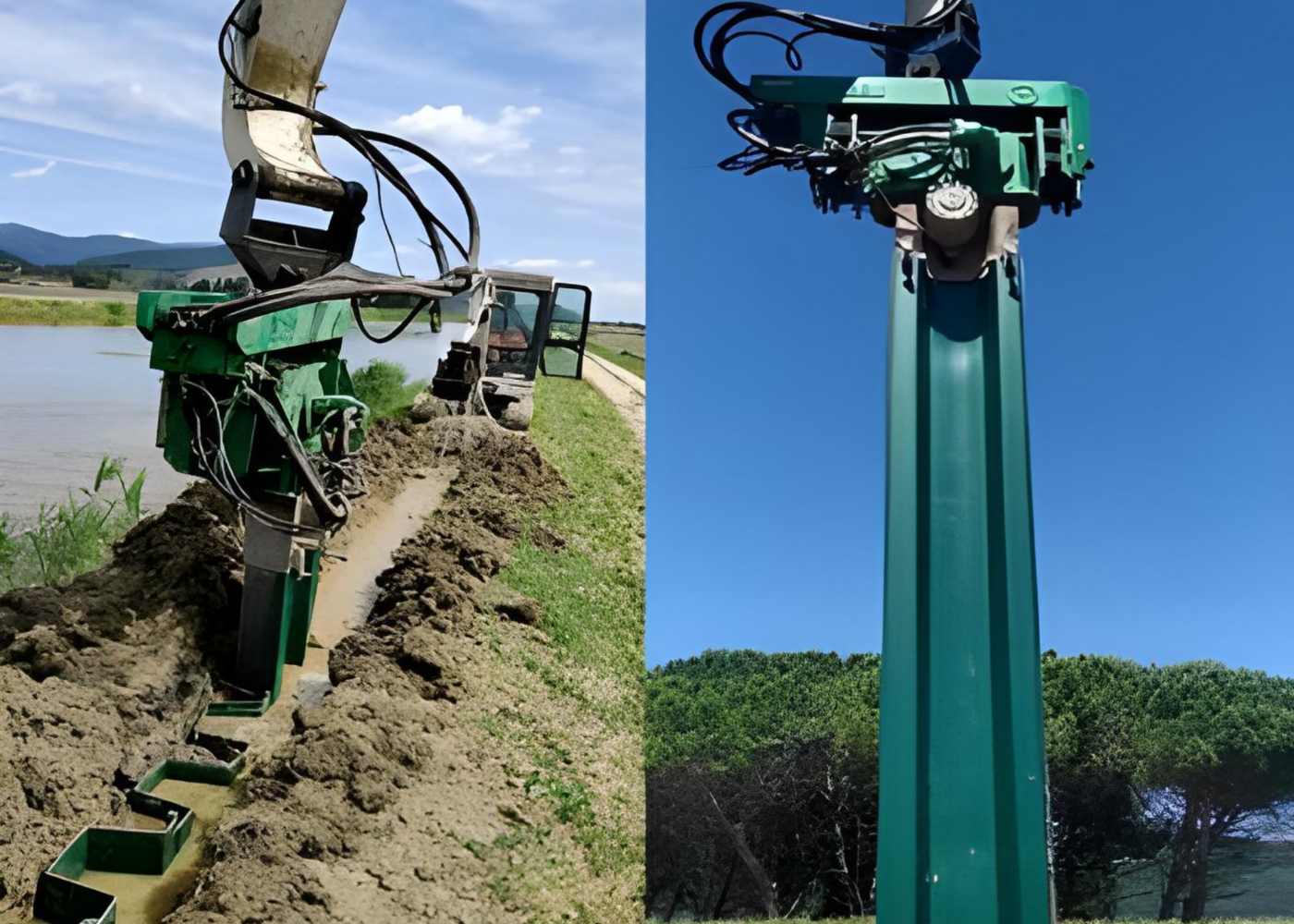
Vinyl Seawall Construction: Process and Best Practices
Site Evaluation and Planning
Before installation, the shoreline’s soil type, water table level, and expected load must be evaluated. This determines the required pile length and anchoring method.
Sheet Pile Installation
Vinyl sheet piles are driven into the ground either manually or using an excavator with a vibrating hammer. The interlocking design ensures a continuous seal, minimising water seepage. Some designs now include integrated gaskets, which offer additional water-tightness and are thermally bonded during manufacturing, saving time and improving performance.
Anchoring System
Deadman anchors or tie-back rods are used behind the seawall to distribute loads and prevent forward movement. The anchoring system ensures long-term structural integrity, particularly in areas with high hydrostatic pressure or wave impact.
Capping and Finishing
A top cap is added to protect the wall from UV exposure and to provide a finished look. Caps can also serve as walkways or aesthetic enhancements for parks and waterfronts.
Cost Efficiency: A Real Measure of Value
One of the key advantages of vinyl is its cost efficiency. While the initial installation cost of a vinyl seawall may vary depending on the job site, it is often more affordable in the long term than wood or concrete. Vinyl requires minimal maintenance, eliminates the need for painting or coating, and avoids the frequent repairs associated with more traditional materials.
Furthermore, vinyl sheet piling lasts for decades, significantly reducing life cycle costs. In many cases, it’s the only seawall material that won’t fail significantly sooner due to environmental exposure.
Simplified Installation Process
Vinyl seawalls are known for their easy installation, often requiring less heavy-duty equipment than alternative materials. The interlocking vinyl panels fit together smoothly, enabling contractors to complete projects more quickly and efficiently. This streamlined installation process results in lower labour costs and fewer disruptions to the seawall project timeline.
Additionally, vinyl panels are available in uniform colours and textures, ensuring a consistent appearance across your entire structure. Whether the wall is installed all at once or in phases, the result is a visually cohesive and professionally finished barrier.
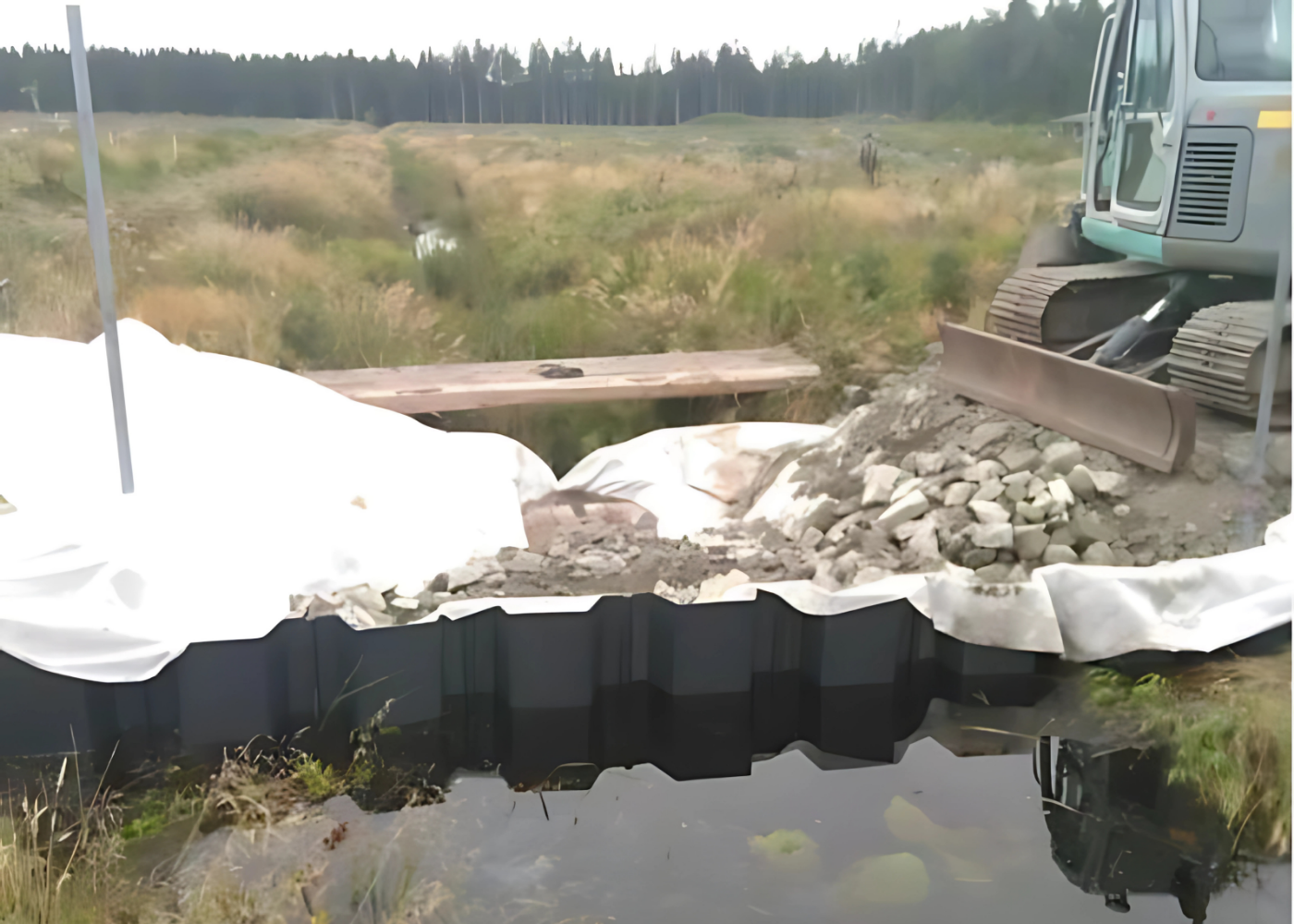
Vinyl Seawalls in Environmental Projects: A Case Study
Recent peatland restoration projects in Europe, including those in Natura 2000 areas in Poland, have demonstrated how vinyl seawalls can serve ecological purposes. Installed to prevent groundwater outflow from peatlands, these walls help stabilise water levels, reduce carbon release, and combat climate change. The use of vinyl sheet piling with gaskets in these projects demonstrates its capacity to deliver both structural and environmental benefits.
Vinyl is chemically inert and does not leach harmful substances into the surrounding ecosystem. It also creates virtually no room for marine borers latching onto the structure, a common issue with wood. This helps protect marine life while maintaining the integrity of the structure.
Final Thoughts
Whether you are planning a new seawall or replacing an existing one, vinyl offers many advantages in terms of durability, cost, and long-term satisfaction. It is an ideal solution for residential, commercial, and municipal waterfront applications. For those seeking the best material to protect their waterfront property, vinyl offers outstanding performance and longevity, backed by decades of proven success and now backed by green innovation.
Need help selecting the right vinyl seawall system for your project? Contact us today for technical support and product specifications.
Related Products from Aema Steel
- PVC Vinyl Sheet Piles
- Hot Rolled U Type Sheet Piles
- Hot Rolled Z Type Sheet Piles
- Steel Pipe Piles
- Welded H Piles
Contact us today to receive a tailored offer for your upcoming project.

